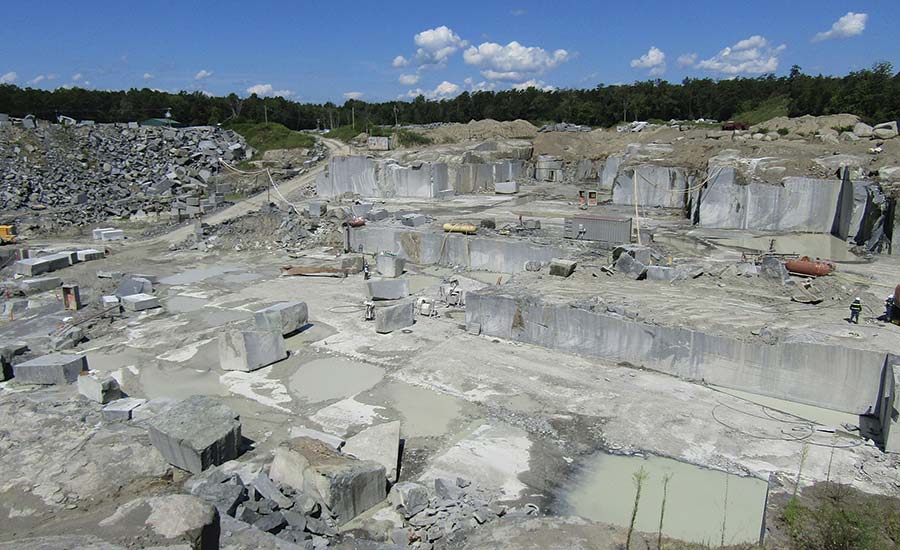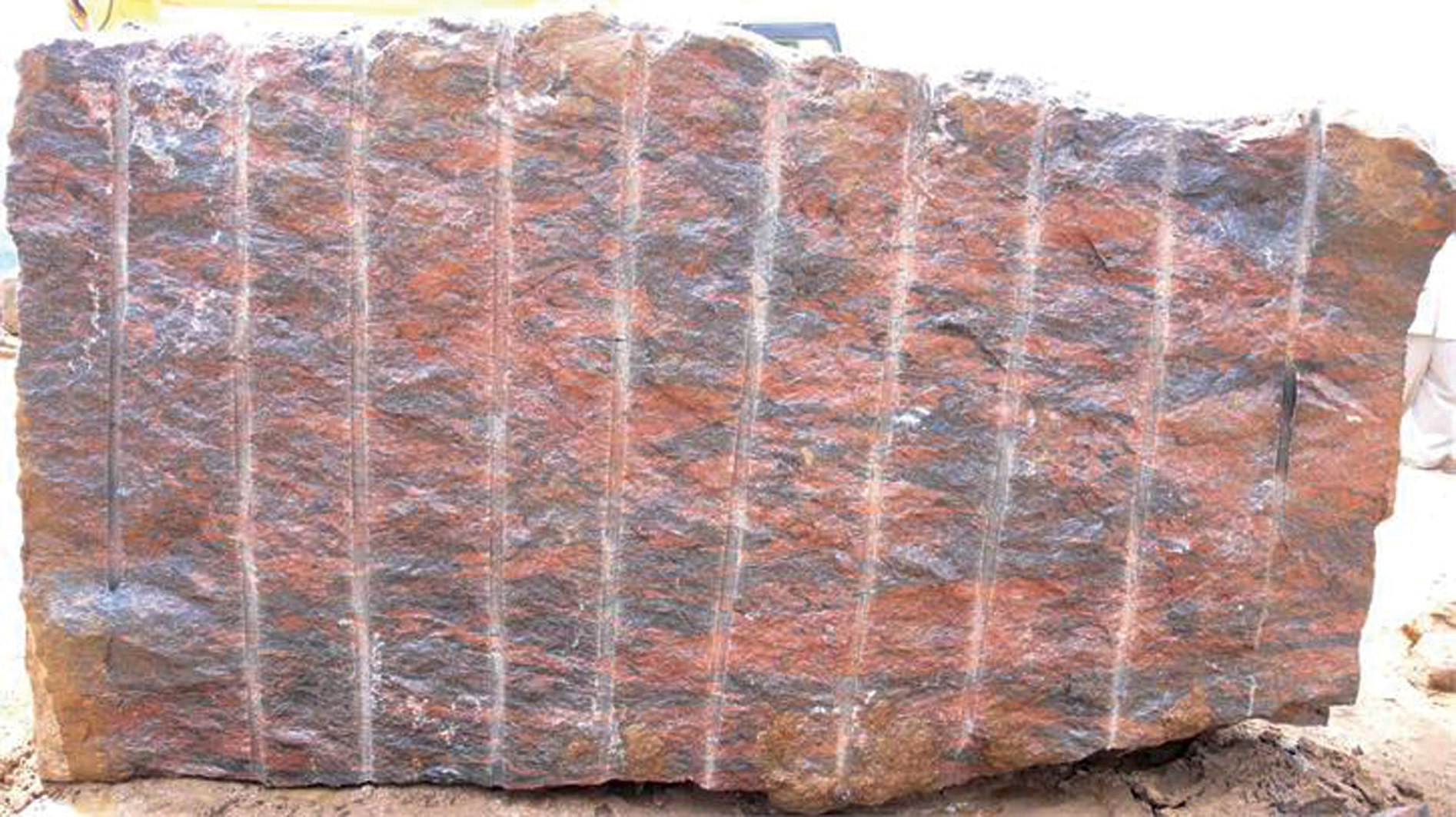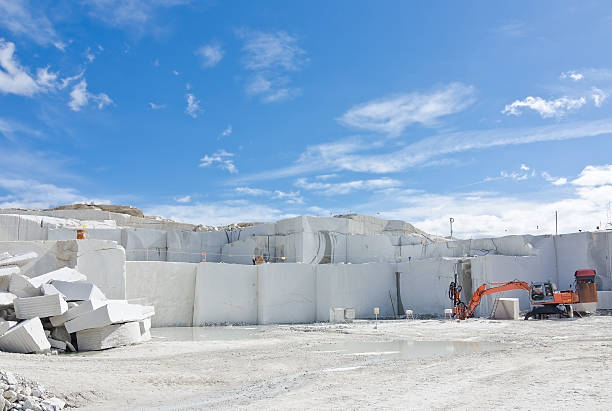The Surprise Gems: Checking Out Granite Quarries in South Africa
The Surprise Gems: Checking Out Granite Quarries in South Africa
Blog Article
Discovering the Rich Background and Lasting Practices of Granite Quarrying
As we depend on the precipice of discovering the complex tapestry of granite quarrying, a trip through time exposes not simply the physical act of drawing out stone yet additionally the social and historical significance woven right into the really fabric of this technique. From the ancient beginnings that laid the structure for modern quarrying methods to the sustainable methods that are forming the future of this sector, each chisel mark on granite surface areas informs a story waiting to be discovered (granite quarries in south africa). The legacy of granite quarrying extends much past plain removal; it is a testimony to human ingenuity, durability, and the enduring allure of this impressive stone
Ancient Origins of Granite Quarrying
Going back to old human beings, the technique of quarrying granite has actually been an important part of human history and building improvement. The earliest evidence of granite quarrying dates back to ancient Egypt, where substantial pyramids and detailed sculptures were crafted from this long lasting rock. The Egyptians made use of primitive devices to draw out granite blocks from quarries, showcasing the importance of this material in their monumental buildings.
Relocating onward in background, the Greeks likewise made considerable contributions to the quarrying of granite. The Greeks used granite in numerous architectural marvels, such as holy places and statues, demonstrating their ability in shaping and sculpting this hardy rock. The Romans even more improved the methods of quarrying granite, using innovative devices like knives and hammers to extract and shape granite for their renowned frameworks.
Through the centuries, the practice of quarrying granite has developed, with modern technologies enhancing effectiveness while keeping the timeless appeal of this natural stone - granite quarries in south africa. From old civilizations to contemporary contractors, the legacy of granite quarrying remains to shape our globe
Evolution of Quarrying Methods
The advancement of quarrying techniques has actually been marked by a continual progression towards higher efficiency and precision in removing granite. From the fundamental techniques used by our forefathers to the sophisticated technologies made use of in modern-day quarrying procedures, the market has actually undertaken substantial advancements. Early quarrying strategies included hands-on labor with basic tools such as blades, hammers, and wedges to draw out granite blocks from the earth. As people proceeded, techniques like fire-setting and primitive dynamites were introduced to facilitate the extraction procedure.
In more current times, the introduction of machinery revolutionized the quarrying sector, allowing much faster extraction prices and boosted productivity. Technologies such as diamond cord saws, high-pressure water jets, and pneumatic drills have become conventional in modern-day quarries, permitting precise cutting and lowered waste. Additionally, innovations in computer-controlled tools and 3D modeling have optimized quarrying operations, resulting in minimal environmental influence and boosted sustainability practices. As the demand for granite proceeds to increase, the development of quarrying techniques remains important to meeting industry requires efficiently and sustainably.
Cultural Importance of Granite
Granite holds a profound social significance across different civilizations as a result of its enduring visibility in architectural masterpieces official source and prized monoliths. From the impressive pyramids of Egypt to the intricate carvings of the Angkor Wat temple in Cambodia, granite has been a material of choice for revealing magnificence and longevity in social heritage. In ancient Rome, granite columns adorned holy places and public buildings, symbolizing toughness and permanence. The cultural importance of granite extends past its physical characteristics; it symbolizes strength, stability, and eternity, making it an icon of sustaining traditions and practices.

Sustainable Practices in Quarrying
In the middle of the rich history of granite quarrying and its social significance exists an expanding focus on sustainable methods within the market. As environmental awareness and concerns concerning resource deficiency have increased worldwide, the quarrying sector Your Domain Name has actually significantly welcomed sustainable approaches to minimize its impact on the setting and bordering communities.

Furthermore, reclamation and recovery of quarry sites post-extraction are essential to lasting techniques. By recovering quarried areas to a natural or helpful state, such as creating wildlife environments or recreational rooms, quarriers can counter the ecological footprint of their operations and contribute favorably to the local community.
Legacy of Granite Quarrying
With a historic background steeped in craftsmanship and industrial progression, what sustaining impact has granite quarrying left on the landscape of modern society? The tradition of granite quarrying goes beyond simple removal methods; it has actually formed building marvels, metropolitan landscapes, and cultural heritage check my source worldwide. The long lasting nature of granite has made it a preferred option for monuments, structures, and infrastructure, standing as a testimony to the skill and artistry of quarry employees across generations.
In addition, the financial impact of granite quarrying can not be forgotten. The sector continues to give work possibilities and drive neighborhood economies in areas where granite extraction prevails. It has actually likewise stimulated technical advancements in quarrying methods and equipment, causing a lot more reliable and sustainable practices.
In regards to sustainability, the heritage of granite quarrying consists of initiatives to minimize environmental impacts with recovery jobs and accountable resource monitoring. By balancing economic passions with environmental stewardship, the market aims to ensure that future generations can remain to gain from this long-lasting natural deposit.
Conclusion

Report this page